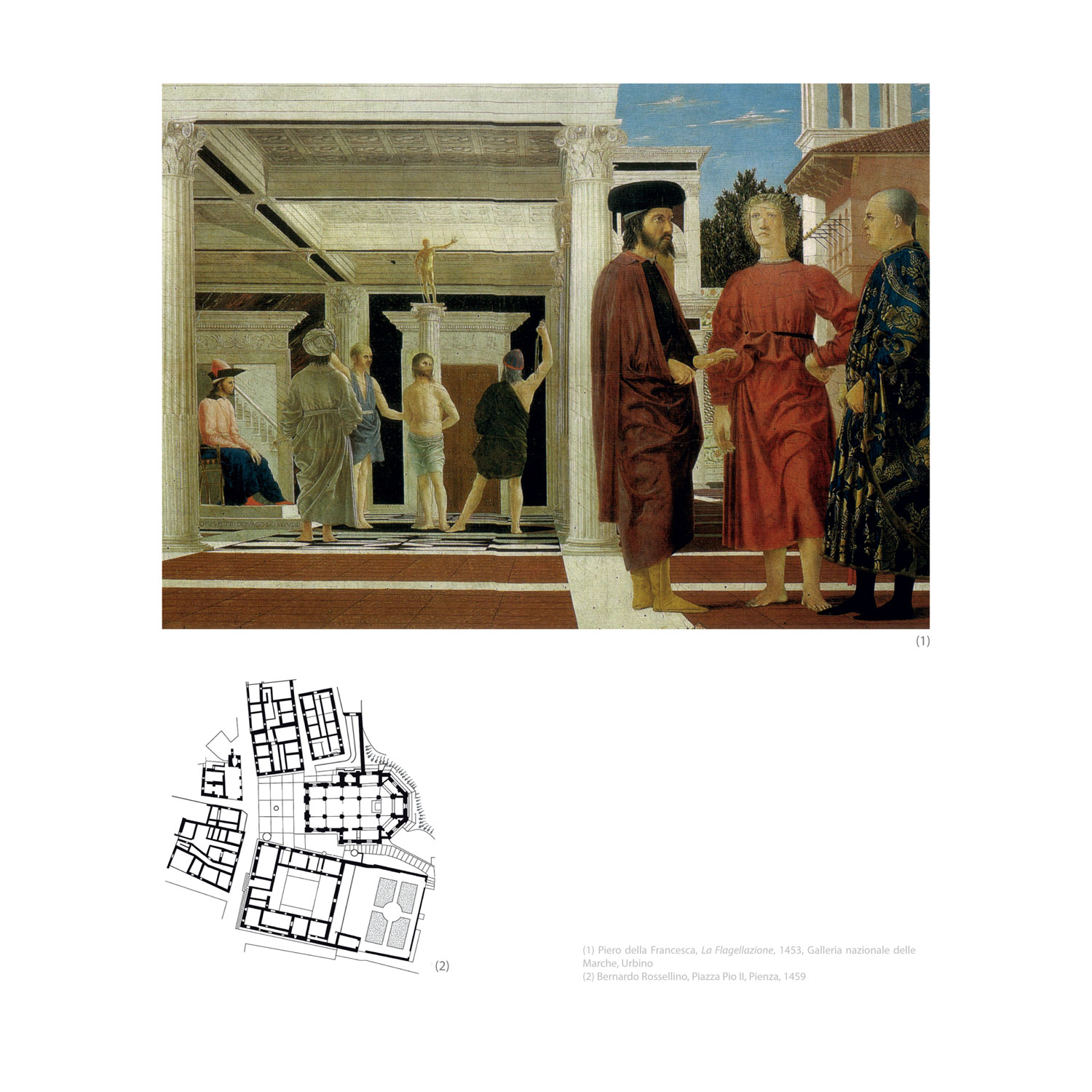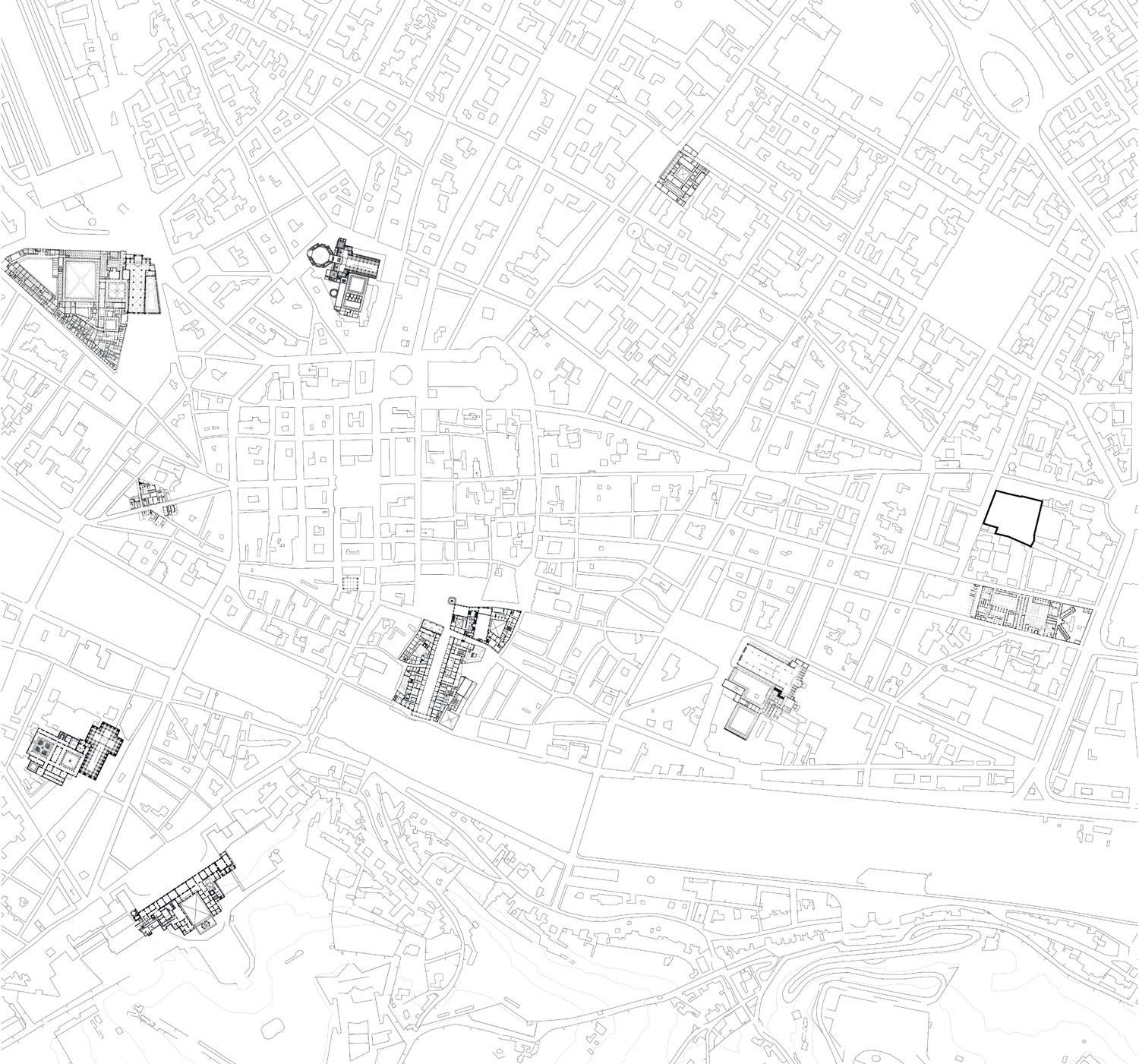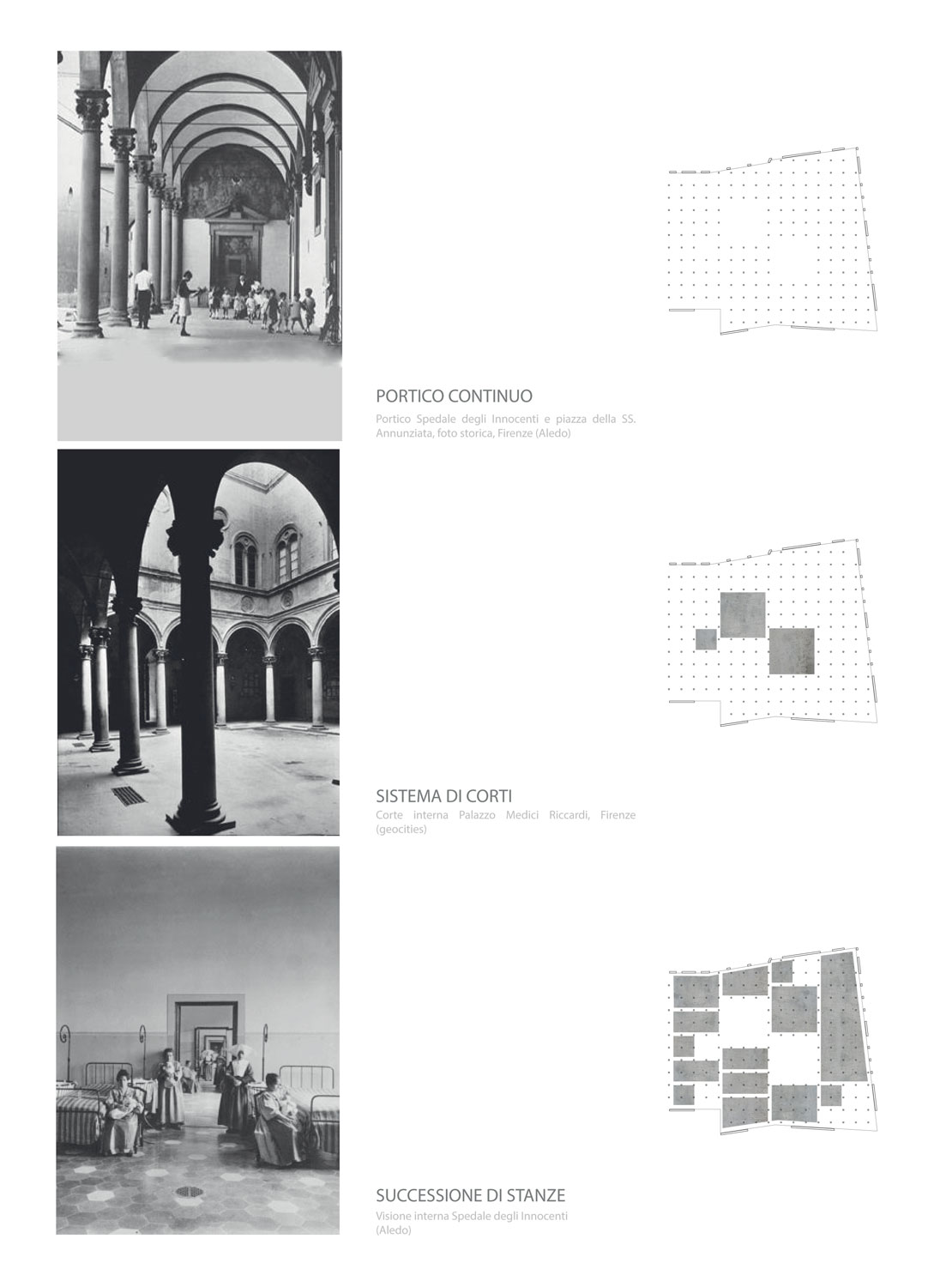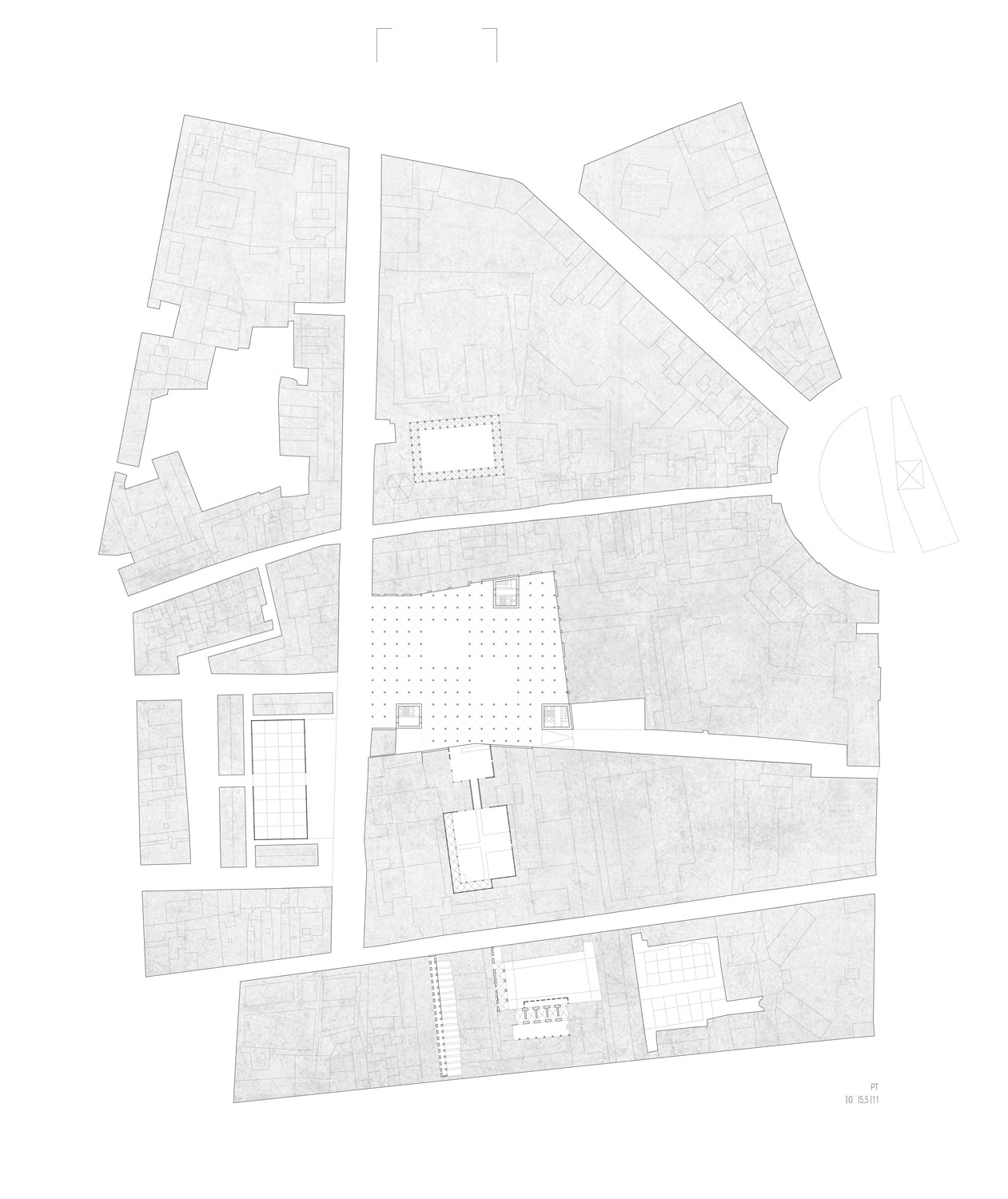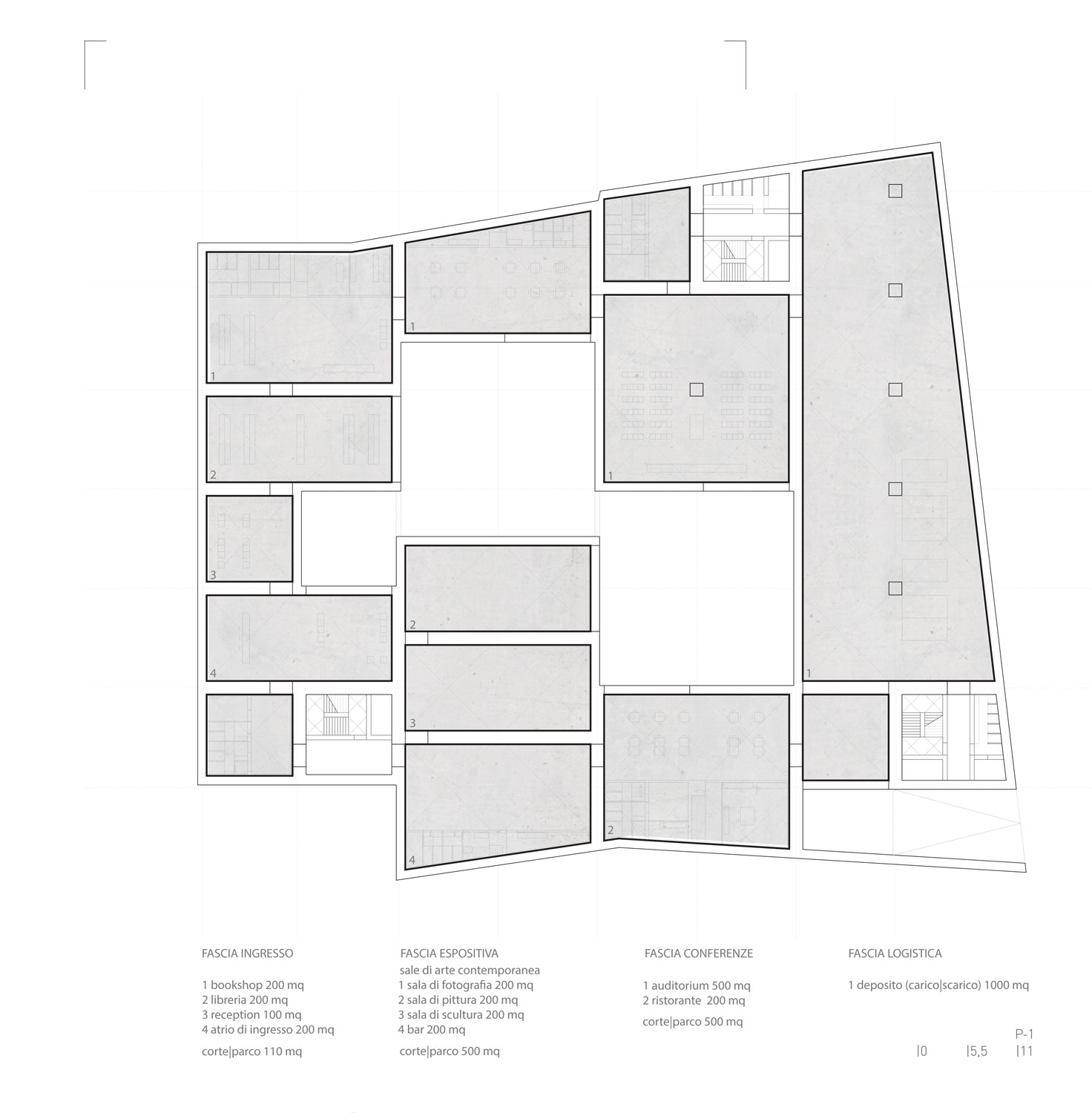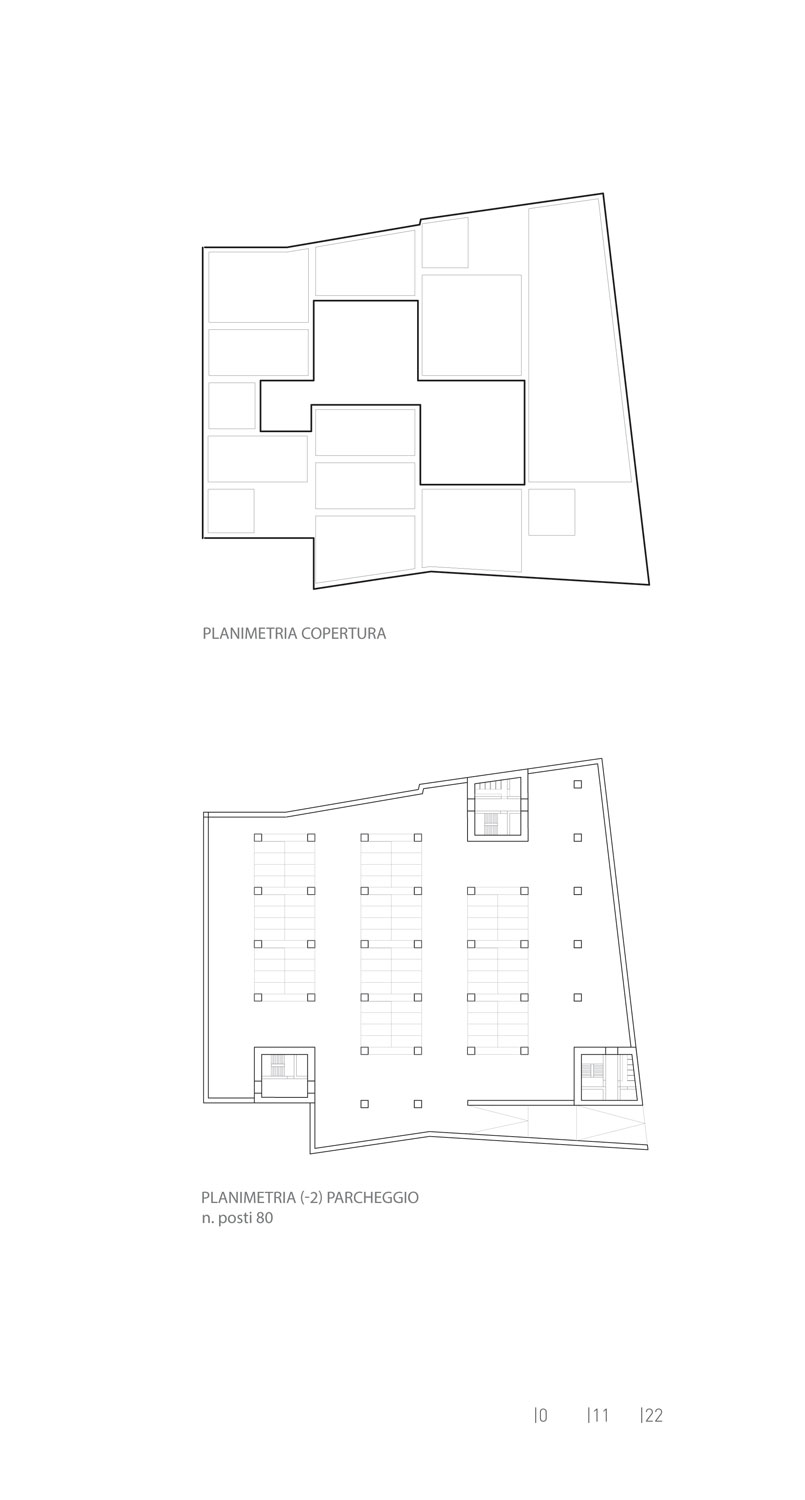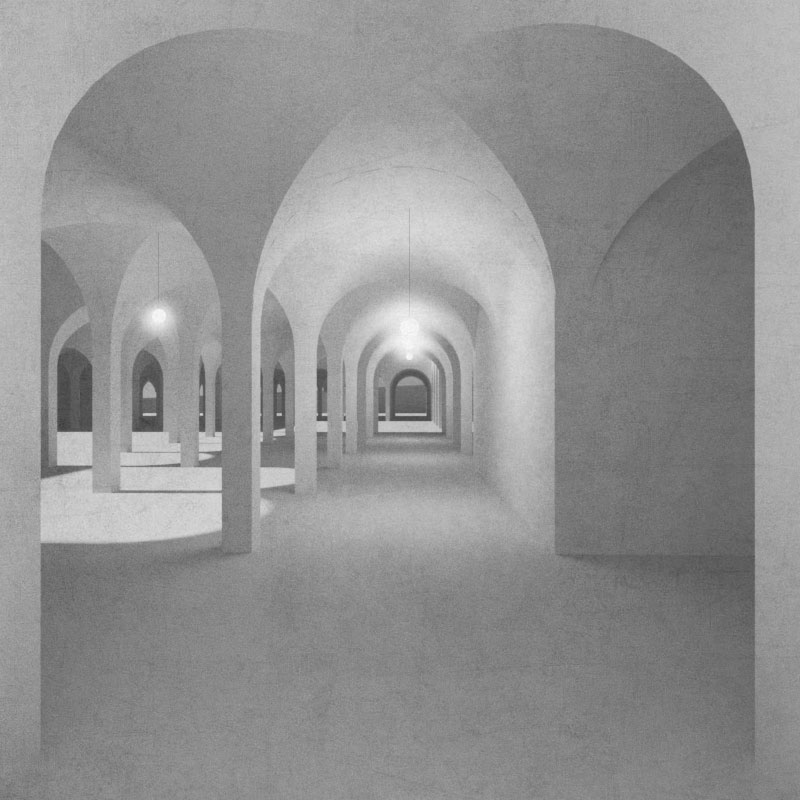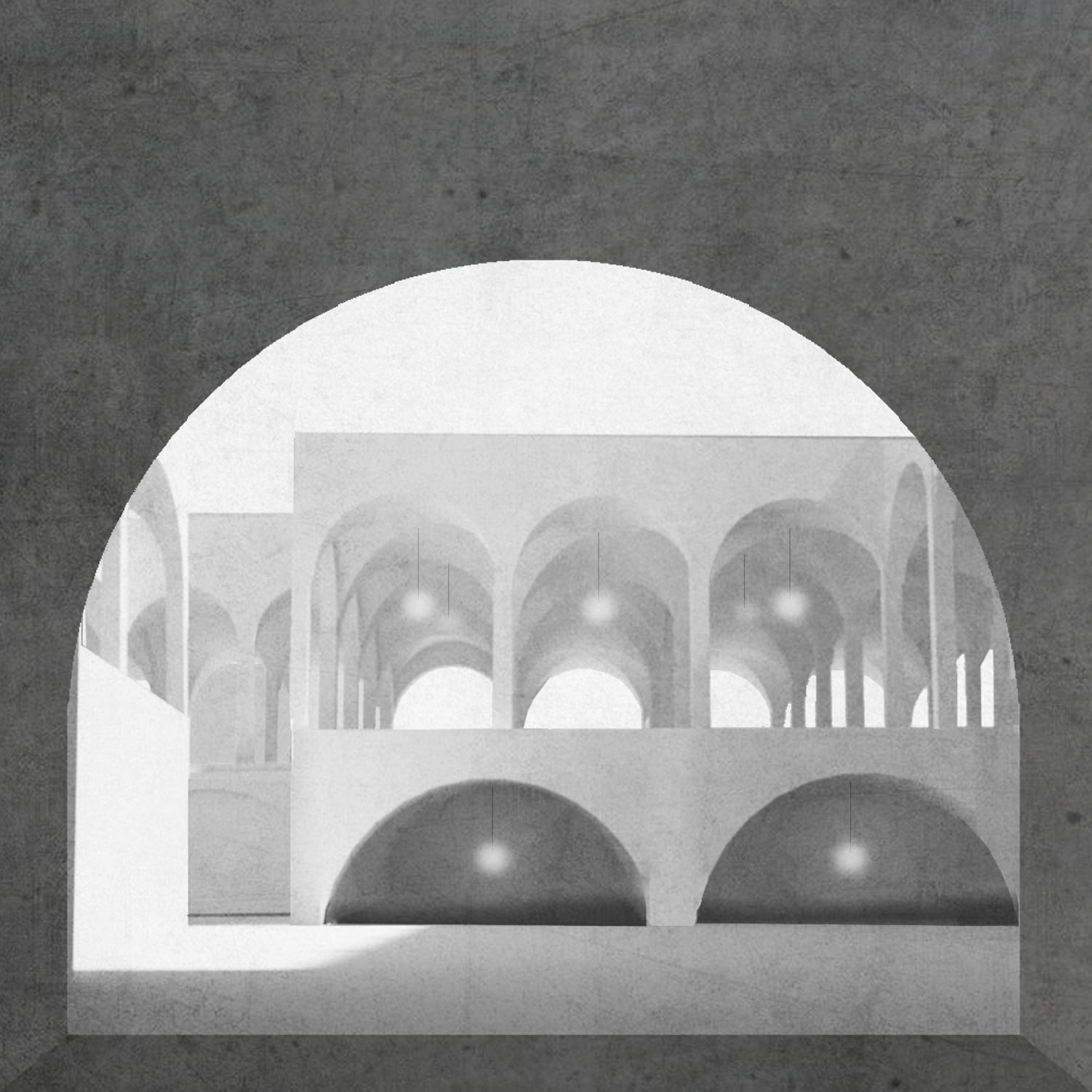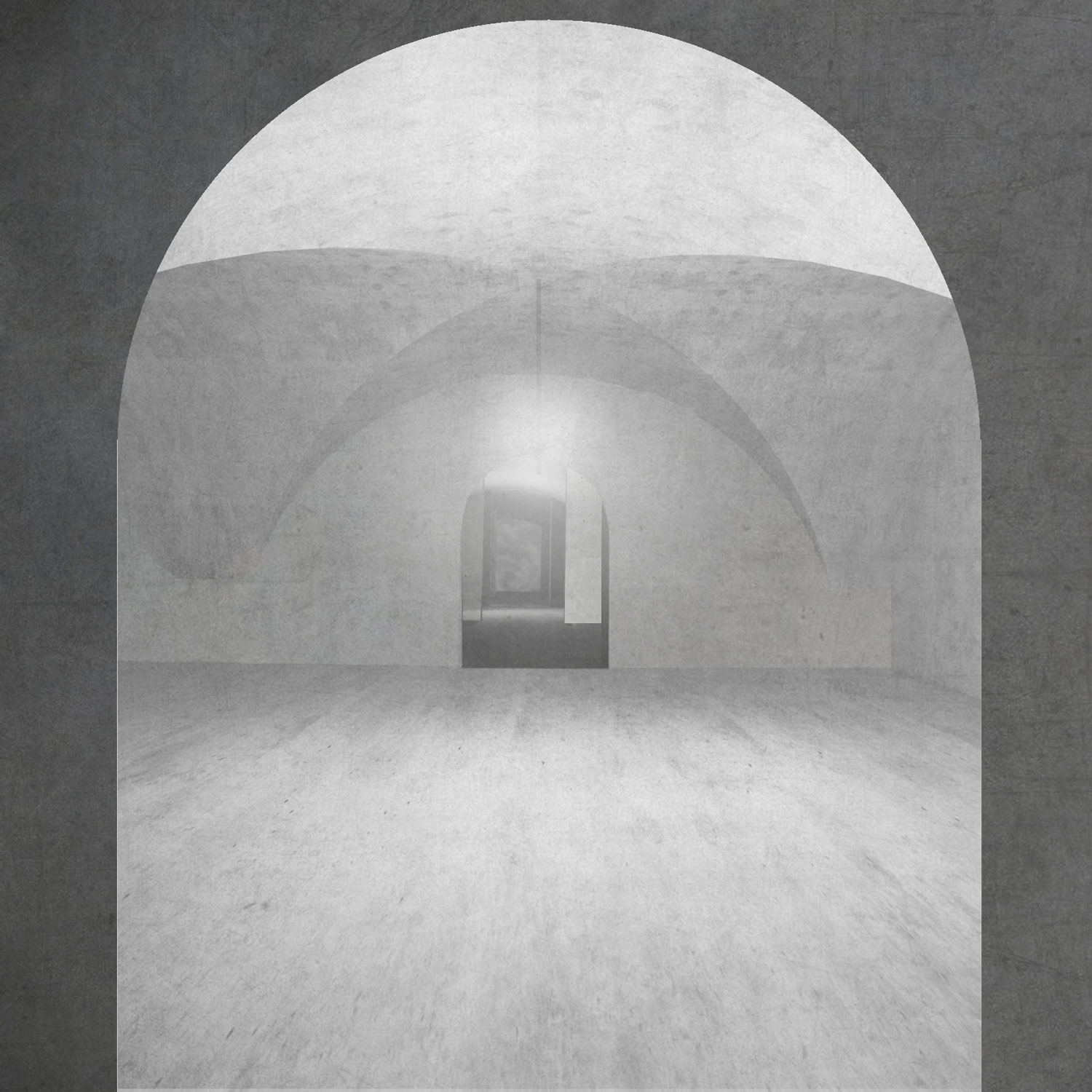1936-UUM-FLR.IT-2016
Client: Start for talents
Status: Competition (2016)
Location: Florence, Italy
Coordinates: 43.770639, 11.268480
Climate: Humid subtropical, Temperate
Material: Concrete
Environments: Old town, Urban
Visualizer: Studio
Scale: Medium
Types: Cultural, Cultural center
We are in 1453 in the context of Urbino, when Piero della Francesca «petrified» the exact application of the prospective rule. In only 58,4×81,5 cm you can recognize the characteristics of Renaissance architectural culture.
But how can you reinterpret them today? Renaissance was first of all measure, proportions, order and research of beauty. This idea started from the human, center of the humanism studio, during XV sec.
Anyone who goes into the Spedale degli Innocenti, or in the court of Santa Maria Novella, or along the lodge of the Uffizi, can feel a harmony with these buildings. The proportions of spaces remain today, as then, in relation to our human measures. Largo Pietro Annigoni, is a place to the boundary of the center of Florence, among the Renaissance magnificences and the most suburb area. As a knot can become a diaphragm in the city, switch between the old market of Sant’Ambrogio, the Department of Architecture, the State Archives and the Murate. This place has the vocation to become a semi-public space, a square with a order and function.
The study started from a map of flooding on November 4, 1966, «Ground Floor Crisis» 14th Venice Biennale, to the specific discovery of the ground floor of the main buildings in florence. Three common themes were identified: the portico as an urban connector; the courts, as a system of relationship between the parties; and the almost labyrinthic sequence of rooms. The project, through a «continuous portico», wants to re-measure the space. Recapturing the «ideal» proportions of the cubic spell of the Spedale degli Innocenti, dimension of 5.5 m, and reiterating this module, a filter space is created.
This is to be a free space, so flexible in its ability to exchange services, like rigid and peremptory into impose a measure. A public space, empty but built, which allows the surrounding services to the Largo to live there. Similary to one of the few ideals achievements of the Renaissance, Piazza Pio II at Pienza, the system imposes a rule that on the edges accepts and adhere to the irregularities of the square. The building on the ground floor has no edges, its only walls are the historic ones of the city, which close it and give it a limit. Points, columns, cruise lines that collaborate to create a «hymn to the prospect».
The courtyards relate the ground floor to the basement, where the cultural center is located. It, a continuous sequence of spaces, abstracts the inner complexity of Renaissance palaces. The courts connect transversally the three thematic bands: reception area, exhibition area, conference area and logistics area. By placing the program of the new cultural center on the basement the «free» ground floor can communicate horizontally with the city, and vertically with the cultural center. On the second underground floor, there are the parking lots, which are divided by bands, while also maintaining the geometry of the project.
The drawings of project have the metric scale: the volition is about the idea of measurement and therefore of dimensional architecture through the relationship between the parties. The building material is concrete with lithic pigments (Pietra Serena), an abstract material that deletes the idea of measurement, canceling the escape, because the measurement idea is alreay done by architecture form. The gray Stone Serena, the typical color of Florence, creates a space that seems suspended over time.
“…ma alla fine del processo il pensiero d’architettura è costretto a fermarsi, a sposarsi con un luogo, a stabilire in esso la propria dimora. L’architettura sta nel mondo. Essa lo deforma e ne è deformata […] Ogni cultura ha ripetutamente scambiato informazioni con le altre, ogni paesaggio ha sentito la presenza dell’uomo. Così, ogni progetto si innesta su un luogo; e un innesto presuppone una ferita nell’organismo ospite, ma anche una profonda conoscenza della sua fisiologia” – Grafting Cino Zucchi
